Last Updated on April 8, 2025 by Michelle
Almost as important as knowing when to start tapping trees, sugarmakers need to know when to stop tapping maple trees as well. This week on the farm, just as we are finally getting all the syrup-making supplies put away (it’s a many-week process for us), we’re flooded with the green, vibrant, melodious signs of spring as well. Scroll down for a little peak into the stinking adorableness of spring on our New England farm.
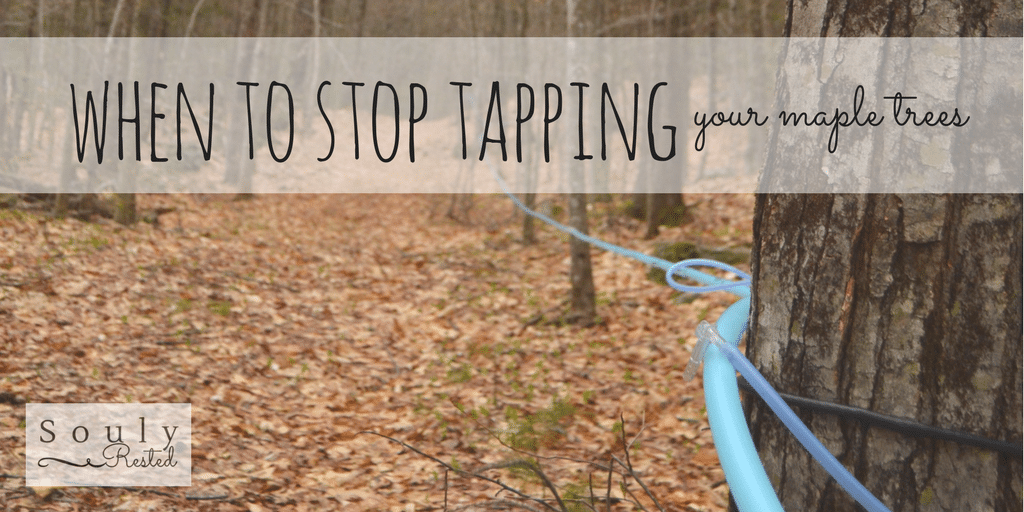
While syrup season plowed into us before we were ready this year, it seemed to halt just as suddenly. So how did we know when to stop tapping maple trees? There are just a few basic things to look for. . .
Before we dive into this, I wanted to ask if you’d please consider helping me support sugarmaking education worldwide with every purchase of the SoulyRested Swag. You’ll find the latest designs right here (like the one I’m wearing here) .
Can you collect sap too late into the spring?
There are different factors that tell you it’s time to stop your daily collection, clean up your buckets, and pull out your taps. I made the mistake last year of assuming we could keep on tapping until the sap stopped flowing.
I’ve since learned that the later you get into syrup-making season, the more bitter and less sweet your syrup will be. The fact is, if you collect and process sap too late into the spring, you very well may wind up wasting precious money and time on syrup that no one wants to eat.
If you’re wondering when is the perfect time to tap, this video answers that:
Can you tap maple trees in the fall?
In order to have tapping success, you will need freezing nights and days with temperatures above 40. While you may have a run of many days like this in the fall, it will never be as long of a stint as you’ll have in the spring.
Also, the trees also aren’t in that ideal state of having been dormant for 6 months, after storing away sap, and ready to start producing as soon as temperatures allow.
If you tap trees in the fall you will have little production and yet you will have to place new taps 6 months later, in the spring, to get your true harvest of sap. It seems pointless to tap your trees twice in one year (permanently scaring the wood in each spot that you tap) for very little, if any, extra syrup.
Go here for more details on the secrets to tapping your trees at the right time.
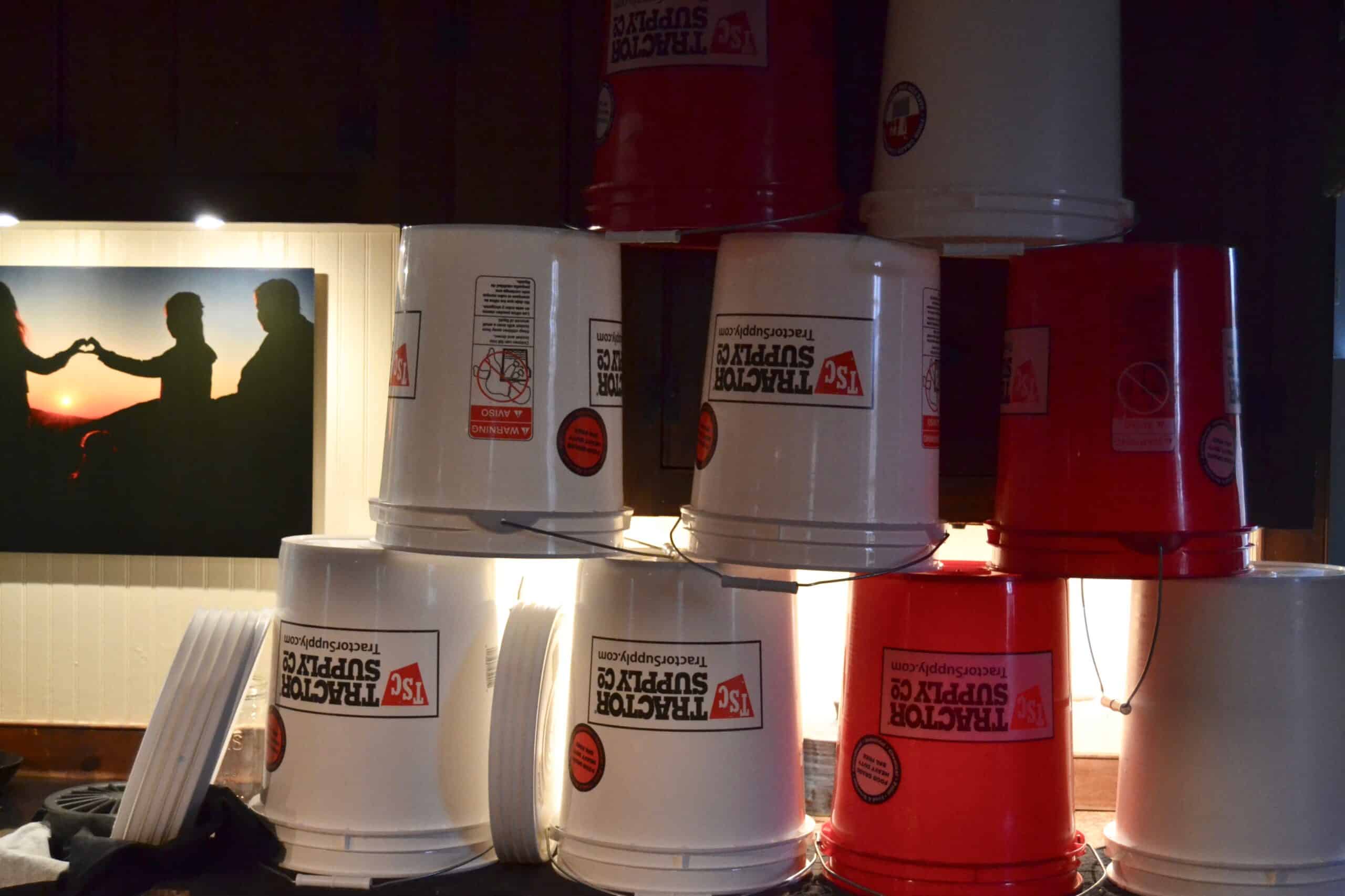
How do you Know When to Pull Your Taps?
Below are 3 things to look for and one thing to not use as a gauge to know when it’s time to pull your taps and wrap up your sugar season.
And be sure to dive into all my insider secrets for Backyard Sugarmakers right here:
When to pull your taps? Watch the weather…
One reason you can’t keep tapping late into the spring is the sheer lack of volume. While sap is always “flowing,” it slows down to a much slower pace when temperatures become more spring-like. That’s because the whole reason the sap flows so dramatically in the late winter is the sheer fact that the temperatures are alternating between freezing and thawing. That daily change in temperatures creates a pressure in the tree, which causes the sap to flow freely when you tap into it.
Sap runs best when temperatures drop below freezing at night and rise into the 40s during the day.
Once the days rise above the 40s and/or the nights no longer reach a freezing point, you’ll find you’re gathering a lot less sap, if any at all, in your buckets.
One exception to this might be trees in very shaded areas of the woods, where the tree stays colder longer. We find that our trees that have very little sun exposure start providing sap many days later than the ones that see some sun; they also keep providing sap for many days after the warmer trees slow down.
When to pull your taps? Watch for spring buds…
Keep a close watch for signs of spring buds if you really want to know when to stop tapping maple trees.
As soon as you see buds starting to open, regardless of the weather forecast, it’s time to stop collecting sap, unless you like the idea of wasting precious money and time on bitter syrup that destroys perfectly good blueberry pancakes.
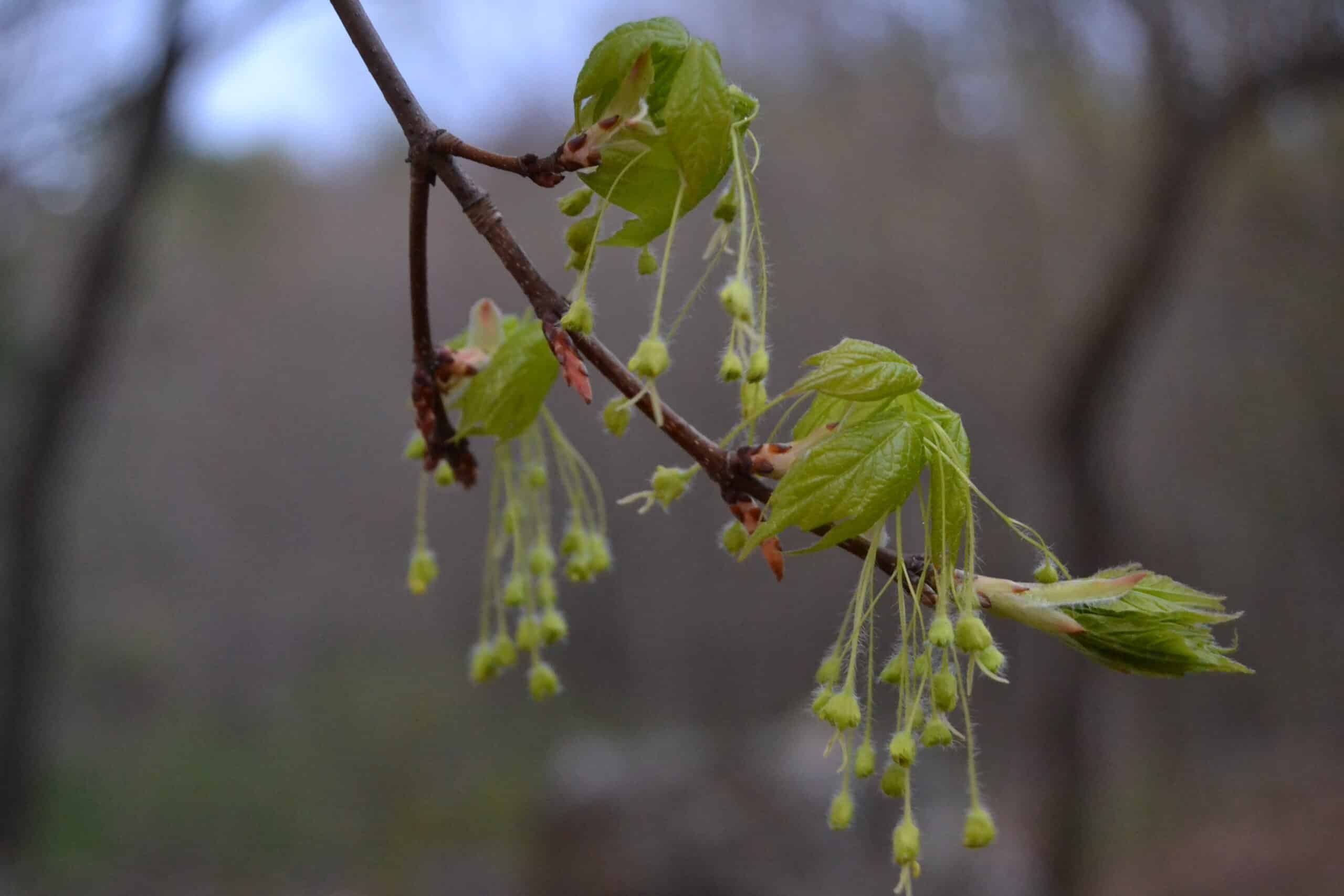
When to pull your taps? Look at the sap…
You’ll also know by closely examining your sap as you collect it. If it’s cloudy, smells funny, or tastes funny, no need to try to boil that buddy syrup, you’ll just waste your time and fuel.
In case you’re wondering, yes we do drink our sap (before it turns cloudy, that is).
When to pull your taps? Don’t look at your buckets…
Are your buckets empty?
By all means, do not let empty buckets be your gauge for when to stop tapping maple trees.
Just because your buckets sit empty for many days in a row, do not assume the season is over. Instead, let the weather and the appearance of the trees themselves be your gauge. If the forecast calls for more perfect conditions (freezing at night followed by temps in the 40s in the day) and if the trees show no signs of buds, by all means, leave those taps in. Most likely, there is still some sweetness in your near future.
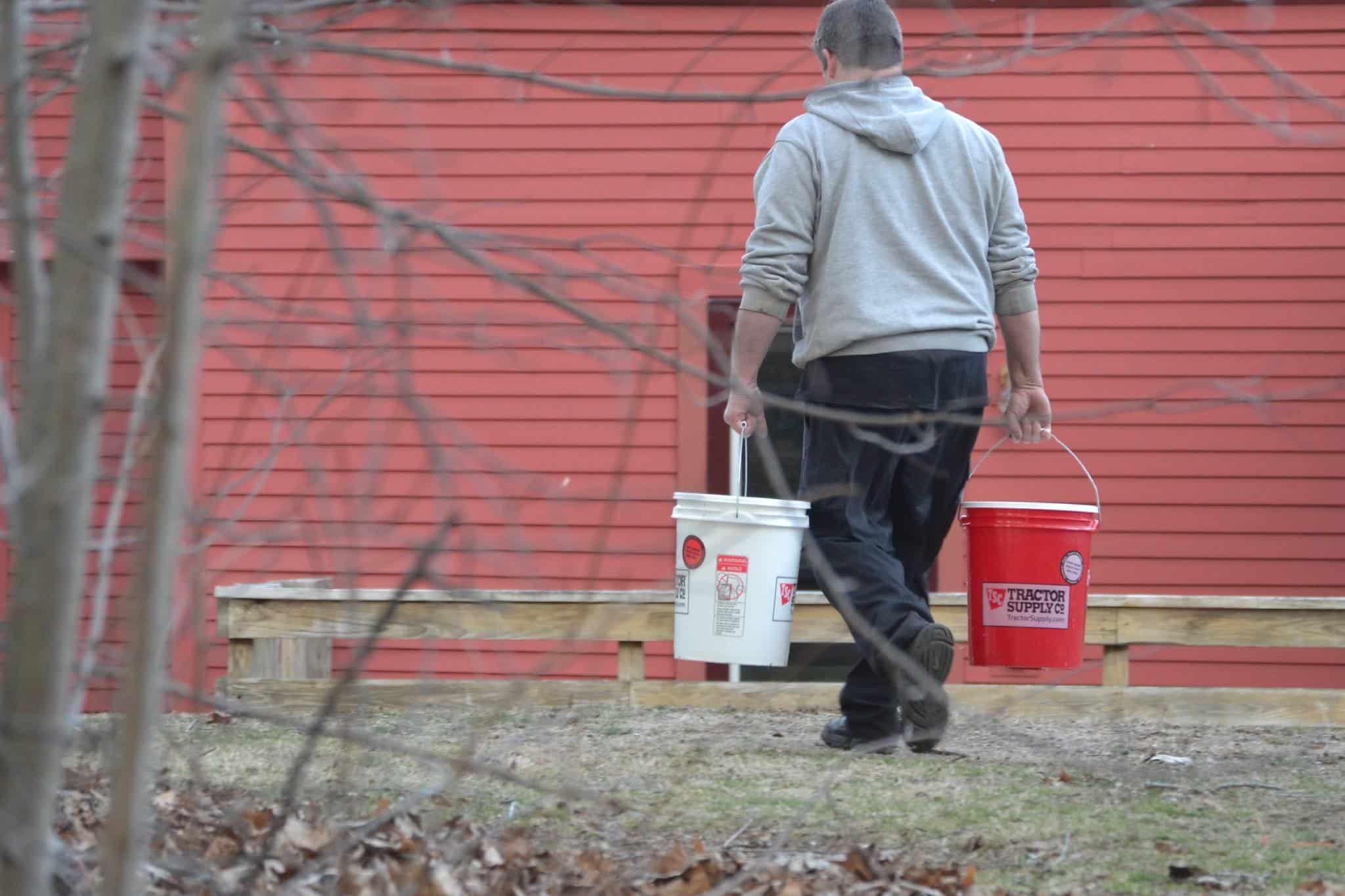
What Does a Sugarmaker Need to Know?
Of course, knowing when to stop tapping maple trees and close up your syrup making set up for another year isn’t much help if you don’t first know the basics of tapping.
You’ll need to know how to:
mark your trees that you want to tap and
how to drill your taps,
if you live where you can tap for sap,
7 questions you should know the answer to before you tap your trees,
how to save hundreds with your backyard syrup making and
the step-by-step process of making syrup.
Take a Second to Save These Posts for Later
I know I come across helpful pointers online all the time that I plan on coming back to, only to realize later that I didn’t save the information, or I saved it but don’t remember where I saved it. So I wanted to save you the 20-minute heartache of floundering around for this muli-part DIY syrup series when you need it. You can PIN each post right here, then keep reading…
PIN Part 1, (or read it here) about identifying and marking your trees in the fall and gathering some of your preliminary supplies
PIN Part 2,(or read that one here) about when, where, and how to drill your taps. This post also covers how to know if you live where you can tap successfully and 7 questions you need to know the answers to before you tap your trees.
PIN Part 3,(or read it here) about a reverse osmosis filter–what it is, how to build one yourself, and how it can save you hundreds a year in your backyard syrup making process.
PIN Part 4, (or read it here)–a step-by-step guide to boiling your sap.
PIN Part 5, the guide you’re reading now, to know the perfect time to stop tapping your trees.
PIN Part 6, a guide to help you ID maple trees, in every season. (Or read it here.)
It was a cold, difficult winter for me, and I’m not even talking about the weather… So I’m not sad to be packing away our sweet, magical, syrup-making equipment. Spring on the farm is, indeed, a much needed joy to my heart.
Future posts will offer some updates on our spring cuteness overload. But for today, here’s a few barnyard scenes that’ll make you coo…
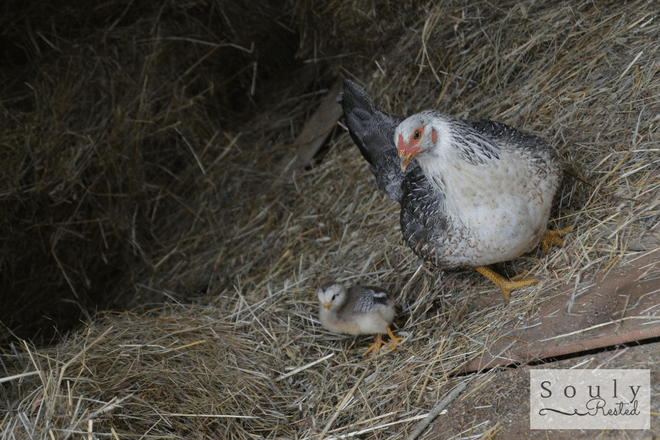
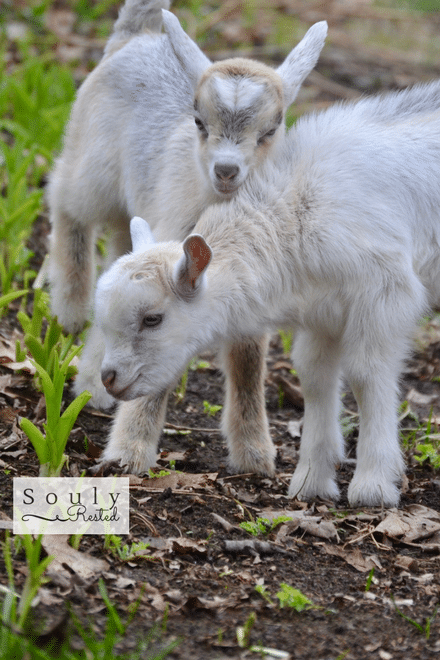
More sugarmaking tips & tricks for you:
- How sugarmakers save time & money
- 32 tappable trees for making syrup
- Top 20 tips for beginning sugarmakers
- How to use pumps to collect your sap
- Dive into My Best Tips for Backyard Sugarmakers right here, and work though my free e-course, based off or my popular book, Sweet Maple.
–> Go here to grab my FREE 8-page Pantry Checklist, loaded with discount codes on my favorite things in my kitchen (including maple everything 🙂 ). You’ll be glad you did.
“When you have eaten and are satisfied, bless (praise) the Lord your God for the good land He has given you.” Deuteronomy 8:10
Pin this for later!
Click on the image below to pin this post.
Find out why SoulyRested was considered to be one of the One of the Top Homesteading Blogs.
Glance at my Resource Page if you’d like to get a glimpse of all the supplies I use and recommend for everything from gardening, to homeschooling, to chicken care, to nature journaling, to maple syrup making.



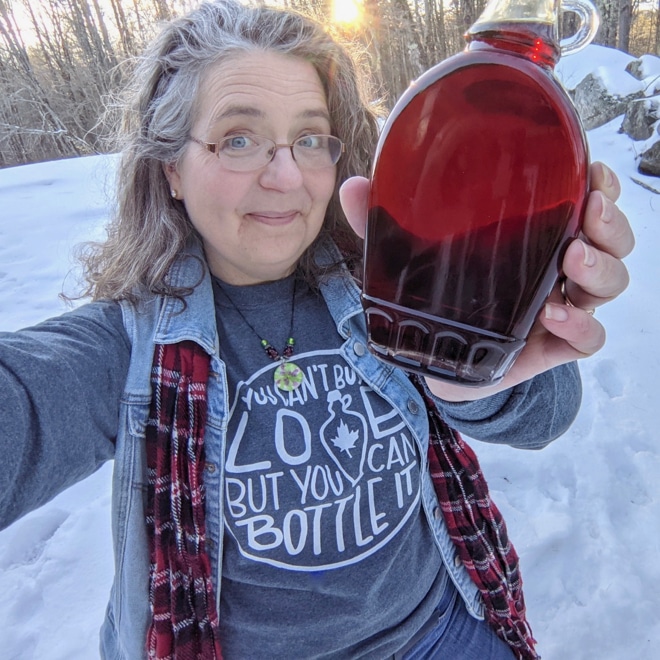
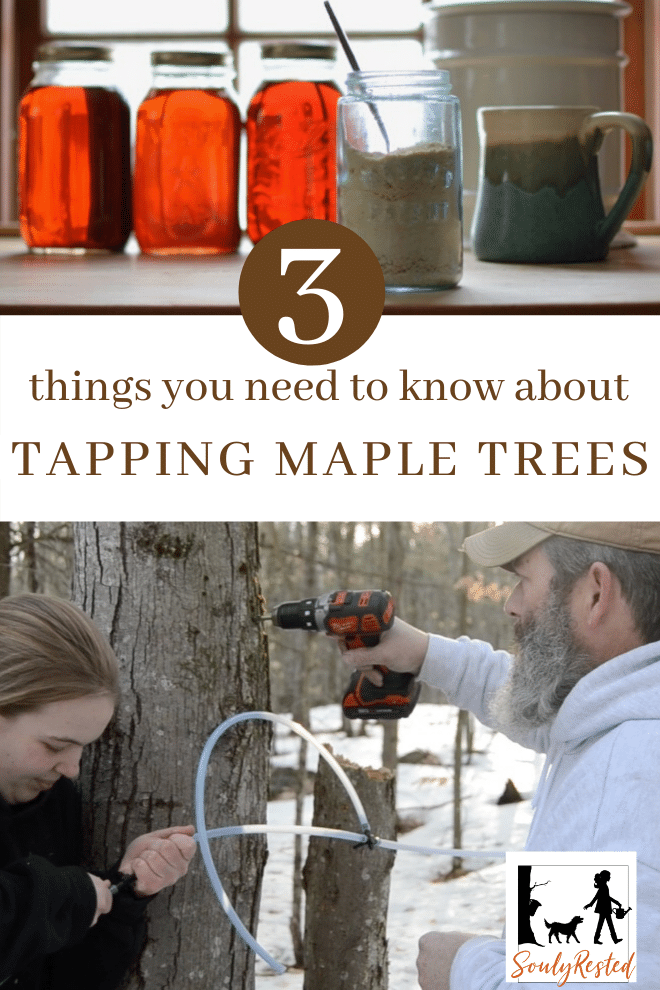
Oh my goodness, it would be great to be able to do this. Thank you for attending the #WednesdayAIMLinkParty. I shared your post.
Very interesting, I didn’t know syrup could be bitter, but it makes sense that it would change with the seasons. Thanks for sharing on the #wastelesswednesday blog hop!
What is the best thing we could make my maple syrup
My son (33) and I are first time syrup makers. We just started tapping yesterday. This was very helpful, We are looking forward to get your book “A Sweet Taste”!!! We live in Hollis Maine and the temps are getting to the right point for syrup to run.
Thank you so much!!!
Tony
Yes! Sugar season is FINALLY in New England! I hope you love the book and I hope you and your son have a truly wonderful experience and this is just the first of a lifetime long love of sugaring!
Great information! Thanks!
my pleasure. What area of the country are you in? We’re just tapping today here in New England.